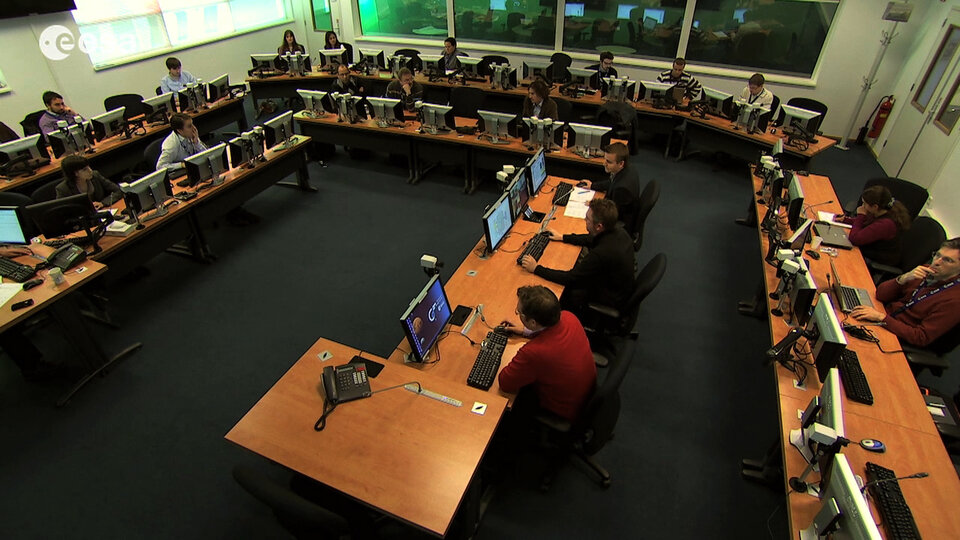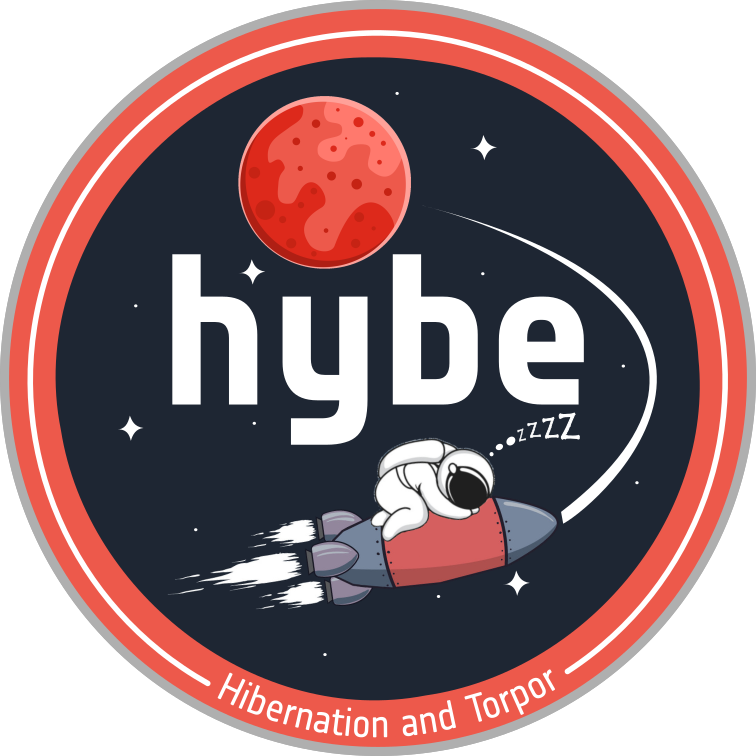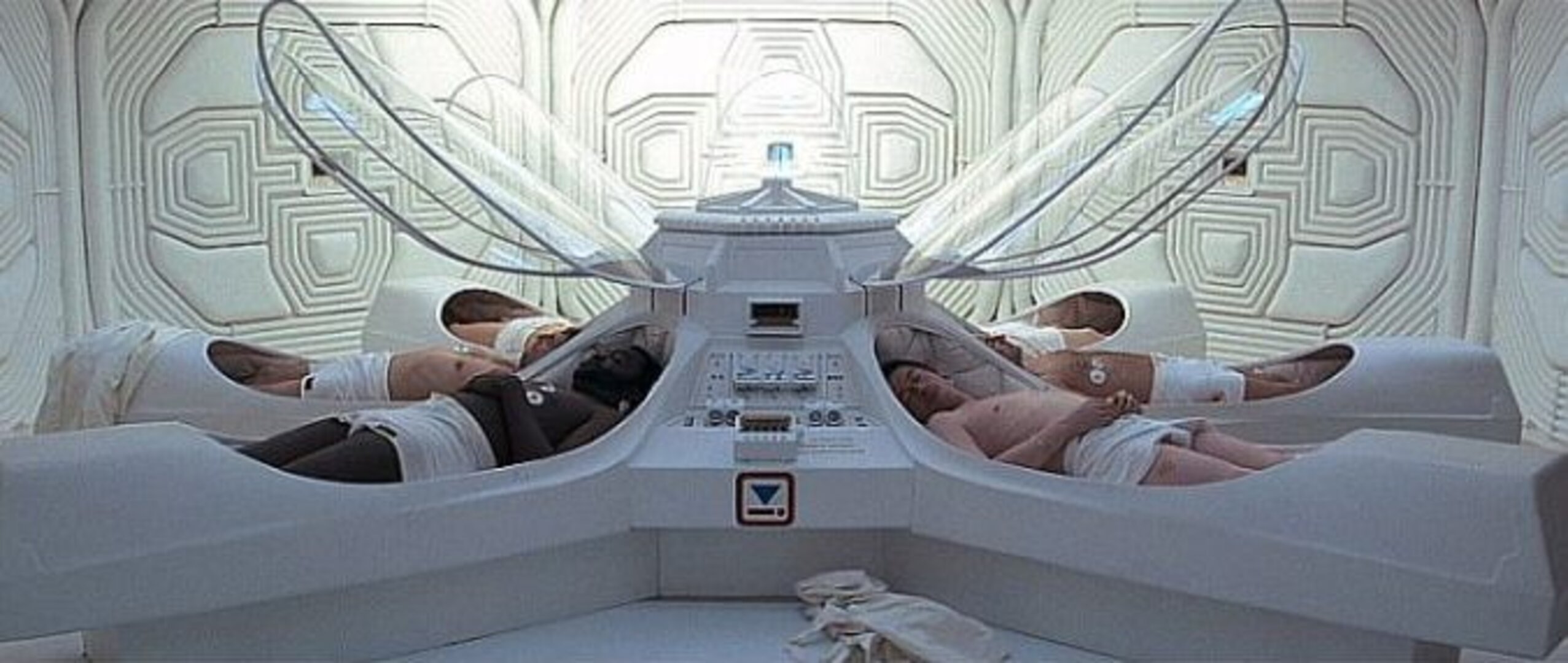Human hibernation in space: CDF brings science fiction to reality
Fans of science fiction movies such as Avatar, Aliens, Passengers and 2001: A Space Odyssey all know the concept: space travel to far destinations require humans to hibernate. But does it show any advantages for human travel to a neighbouring planet like Mars? ESA's SciSpacE team requested the CDF's help to answer this question.
The study started by assessing, with the help of external hibernation experts from LMU Munich and the University of Goethe, the state of the art in hibernation. How much do we know about the hibernation of large mammals? How much do we know about inducing hibernation?
The CDF team received a quick course and the answers were clear: we have a very good understanding of the processes related to the induction and maintaining of hibernation, and major advances can be expected within the next 10 years.

The team was then requested to modify an existing human mission to Mars scenario, by adjusting the architecture of the spacecraft design, its logistics, protection against radiation, power consumption and the general mission design.
The team looked at how an astronaut team could be best put into hibernation, what to do in case of emergencies, how to handle human safety, and even what impact hibernation has on the psychology of the team. A first habitat architecture sketch was set up and a roadmap was created to achieve a validated approach to hibernate humans to Mars within the next 20 years.

The conclusions of the team? Not only does hibernation have positive psychological effects, it also allows for a complete mission and system re-design, optimised for human hibernation, which could minimise both mass and cost.
The next steps for Europe? First continue the research studies on hibernation in space (e.g. perform a detailed habitat architecture, consolidate an optimal mission architecture) and establish requirements for an artificially intelligent fault-based management, then start the first development of hibernation equipment (e.g. hibernaculum, support and monitor equipment, artificially intelligent control systems), and finally develop a full qualification of a habitat with hibernation facilities.




